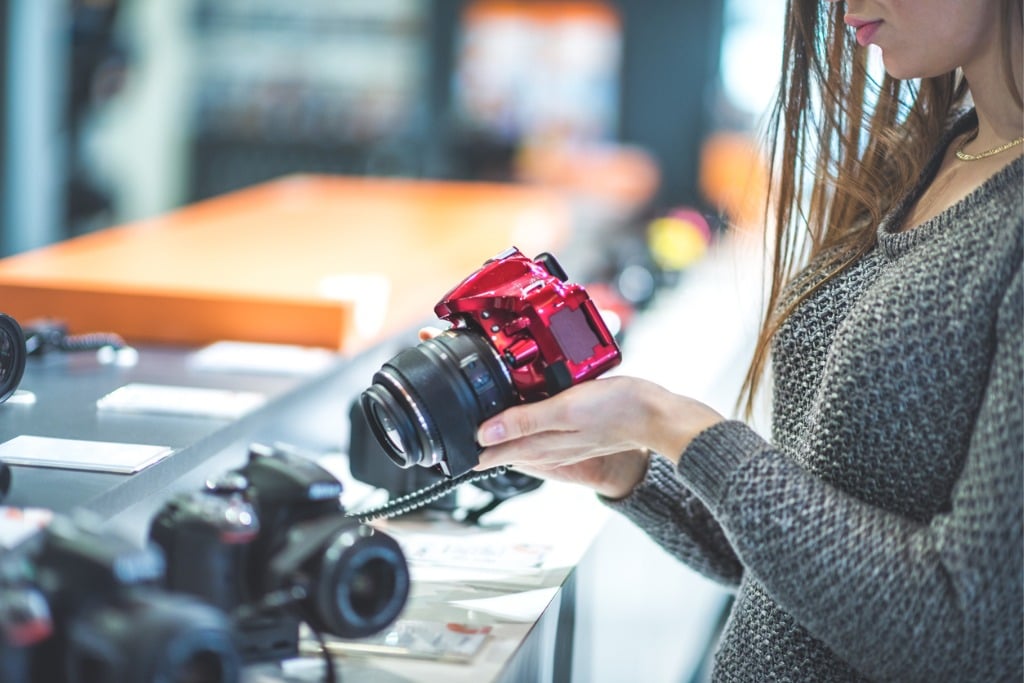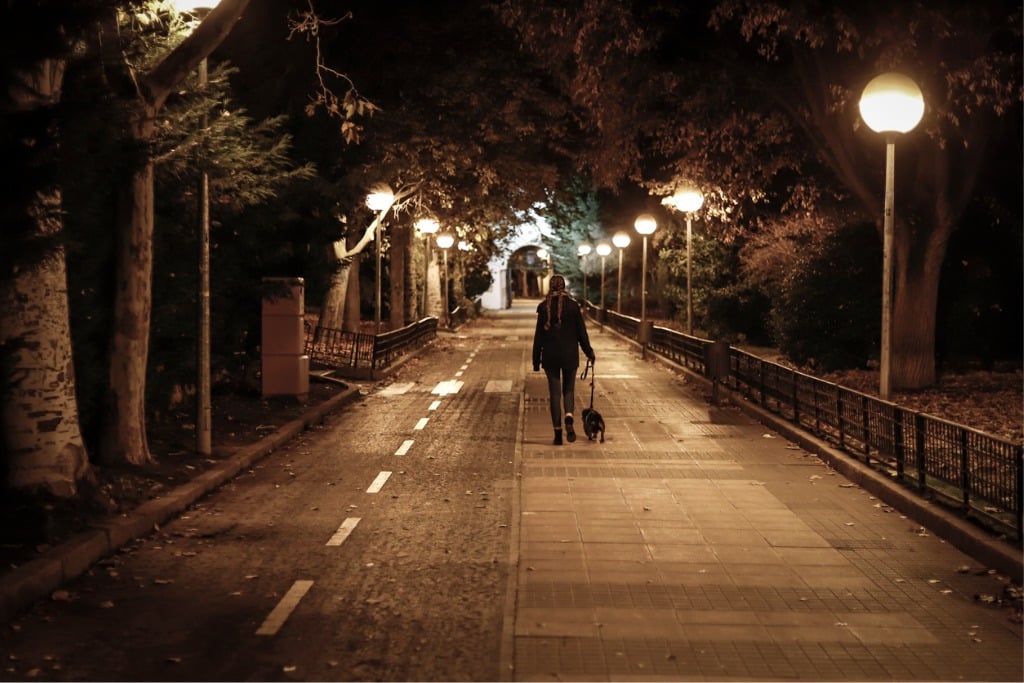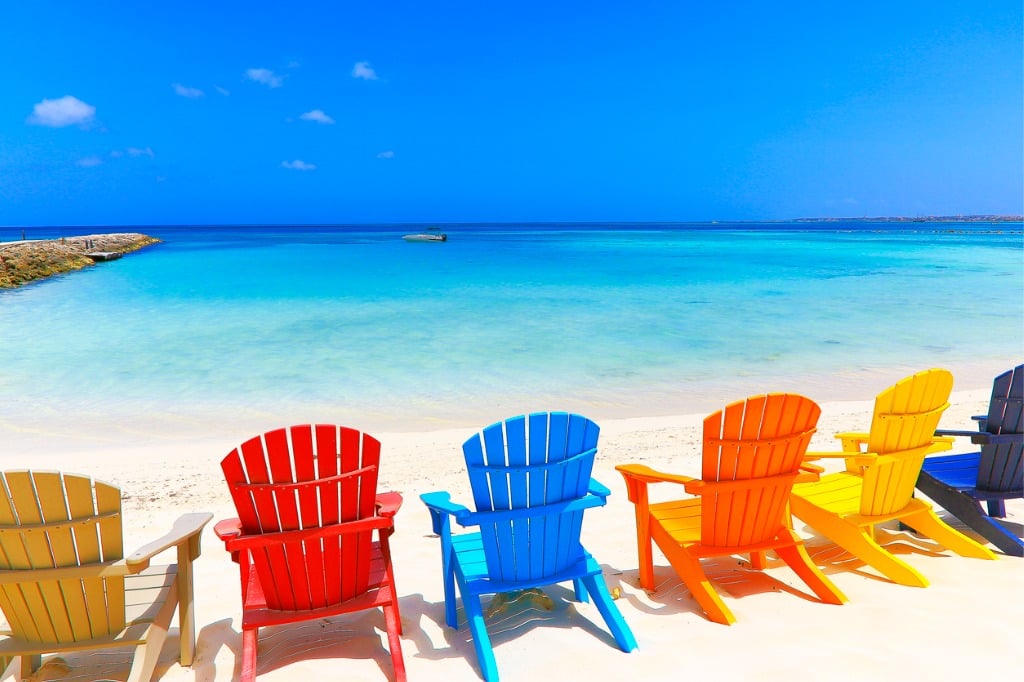Capturing the Perfect Shot: How to Choose the Right Photography Tour
- How to Choose the Right Photography Tour: Define Your Goals and Interests
- Research Photography Tour Operators
- Check the Photography Tour Itinerary
- What is the Photography Tour Group Size and Instructor-to-Participant Ratio?
- Evaluate the Equipment and Skill Requirements for the Photography Tour
- About Exposure Tours
- These Budget Bird Photography Cameras are Worth Their Weight in Gold
- Basic Wildlife Photography Gear List
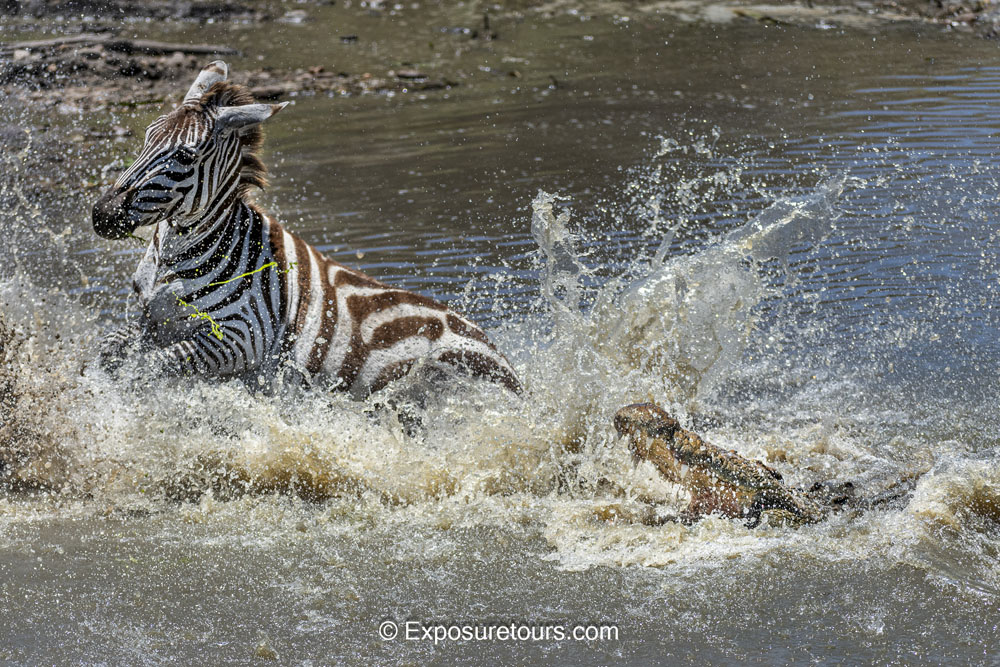
From the heart-stirring landscapes to the vibrant street scenes and many points in between, there's a photography tour for nearly every interest and skill level. However, choosing the perfect photography tour can be a daunting task, especially when you're faced with a plethora of options and destinations. In fact, I get a lot of questions from readers about photo tours and workshops who wonder if these experiences are worth it. They are!
On the one hand, you get to learn high-level skills in a location you've always wanted to explore with your lens. On the other hand, you get to hang out and learn with like-minded people and enjoy the camaraderie while on a once-in-a-lifetime trip. What's not to like?!
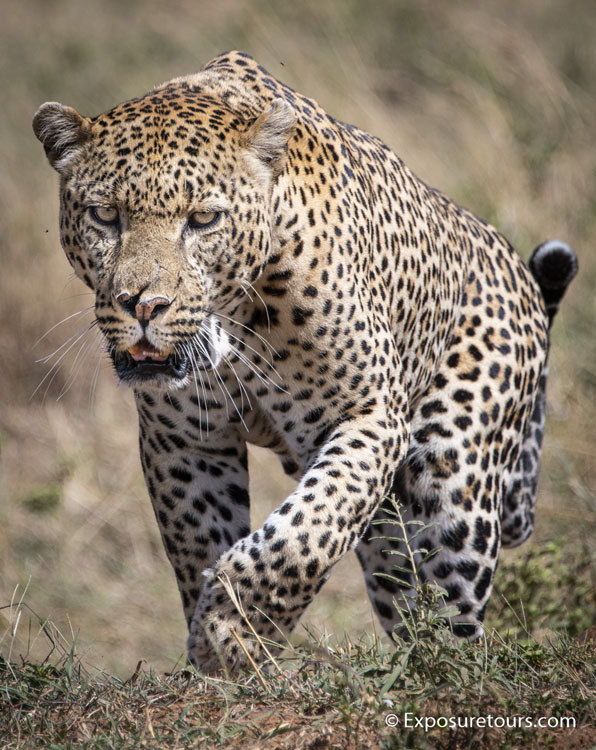
To ensure that your photography tour fulfills your creative aspirations and caters to your skill level, I've compiled a comprehensive guide with five essential tips to help you make an informed choice. Why should you trust my judgment, though?
Well, that's simple! I've been in the photography industry for well over a decade and have participated in many different photography workshops and tours over the years. I know what works, what doesn't, and what to look for. So, whether you're a budding enthusiast or a seasoned pro, read on to discover the secrets to selecting a high-quality photography tour that suits your vision and aspirations.
Editor's Note: Not all photography workshops and tours are made alike, thus the reason for this guide. I'll use Exposure Tours, a highly experienced and reputable photography tour company, as a prime example of what a quality photography tour should be.
Table of Contents
How to Choose the Right Photography Tour: Define Your Goals and Interests
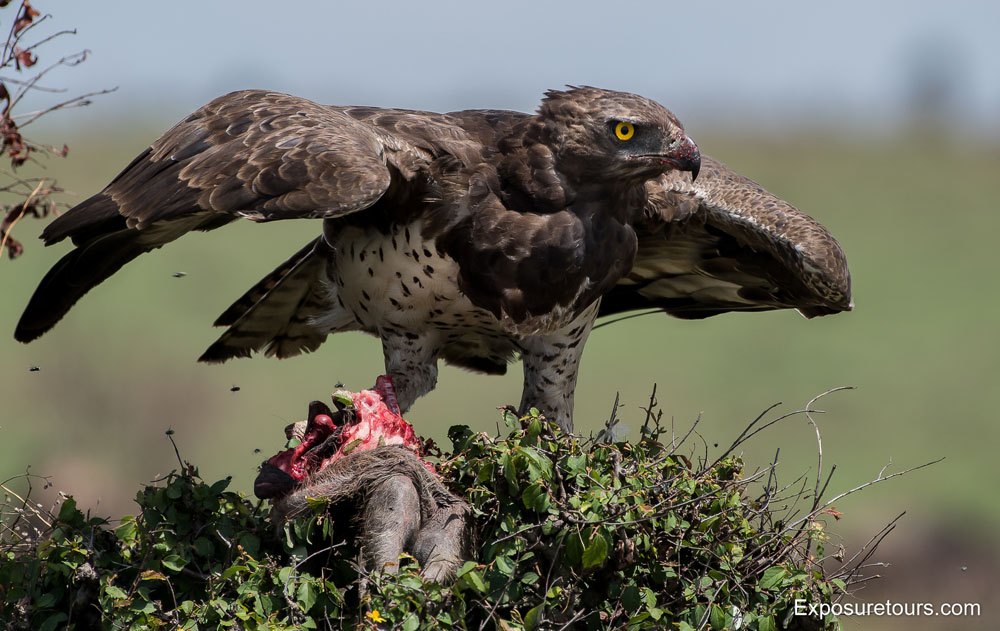
First things first, you need to identify your photographic objectives...
What are you passionate about capturing through your lens? Do you have a specific theme in mind, such as wildlife, landscapes, street photography, or a particular destination? Clearly defining your objectives will help you choose a tour that aligns with your passions and ensures that your time and money are well spent.
The next step is to evaluate your skill level as a photographer, as it's a key factor in selecting the right tour. Different tours cater to various skill levels, from beginners to experts. For beginners, it's essential to find tours that offer fundamental photography instruction. Intermediate photographers may seek opportunities to enhance specific skills like composition, lighting, or post-processing. Experts might be looking for advanced techniques or exclusive access to remote locations. Matching your skill level with the tour's focus will ensure that you get the most out of your experience.
Beyond your skill level, consider your photographic style and preferences. Some tours may focus on documentary-style street photography, while others emphasize landscape and nature photography. Ensure that the tour's theme and style align with your interests, as this will determine the kind of images you'll create and the experiences you'll have.
Research Photography Tour Operators
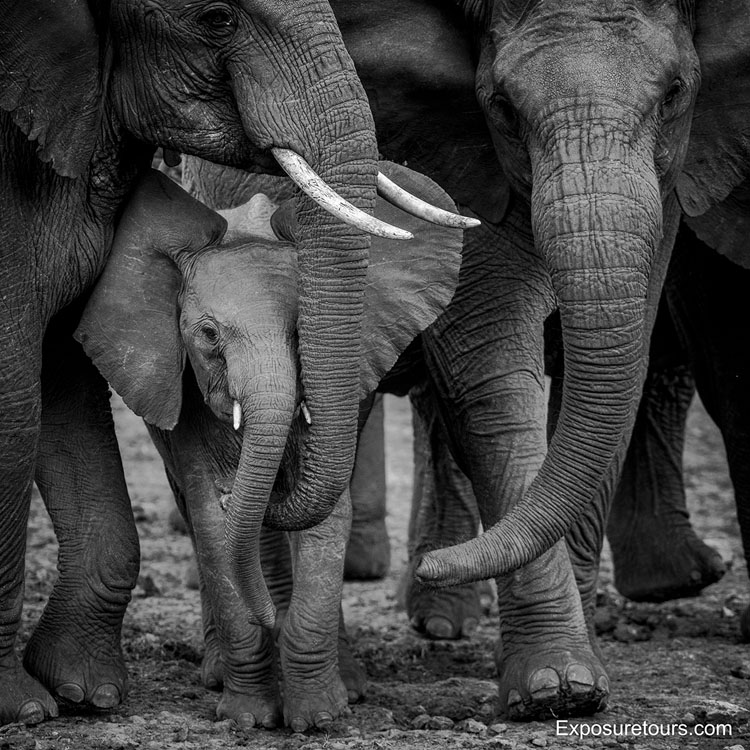
Clearly, you want to look for reputable photography tour operators. When researching photography tours, prioritize operators with a solid reputation in the industry. Reputable operators have a history of delivering high-quality experiences and satisfying their customers. Exposure Tours is an excellent example of this. Its tour operators have been in the business for over three decades and, in that time, have developed a global reputation for delivering high-quality tours throughout Africa, including the Serengeti, Nairobi National Park, and the Rift Valley.
But your research should go beyond how long a tour company has been in business. Evaluate the company's reputation by reading reviews, recommendations, and testimonials from past participants. Ask fellow photographers for recommendations, too. You can also check if the operator is a member of photography organizations or associations, which often indicates a commitment to stringent professional standards.
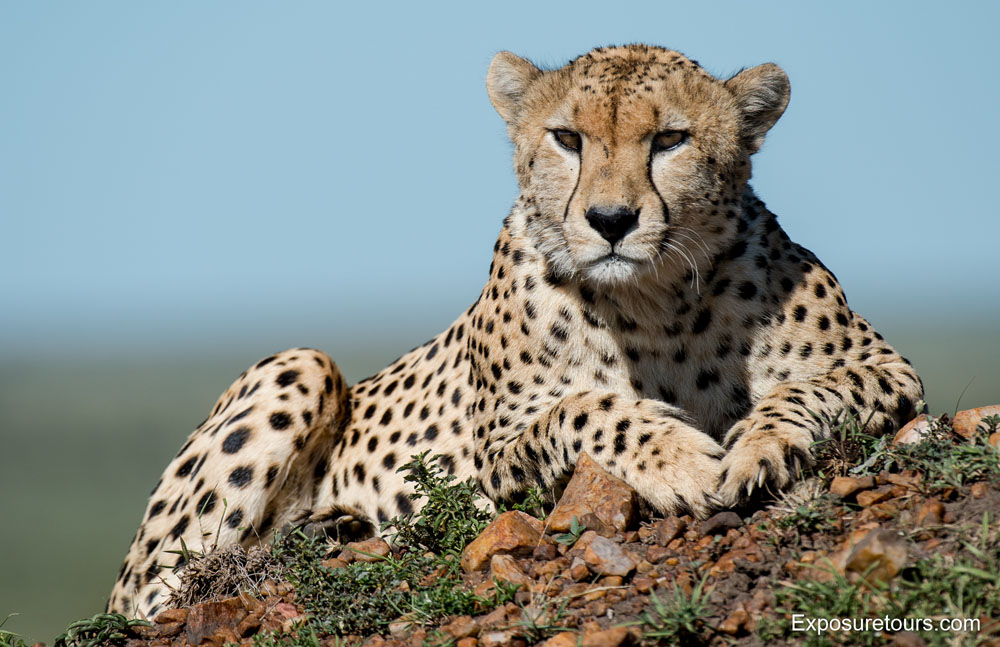
Examining the tour operator's portfolio is another critical step in your research. Browse through their website or promotional materials to see the kinds of tours they offer, the destinations they cover, and the quality of photography they showcase. A good operator should have a well-curated portfolio that reflects their expertise and the unique experiences they offer.
Again, Exposure Tours ticks these boxes! The Exposure Tours website has an extensive collection of images from their various African photo tours. These images tell a visual story of each tour they offer so you can get a better sense of the photographic opportunities that await you.
Check the Photography Tour Itinerary
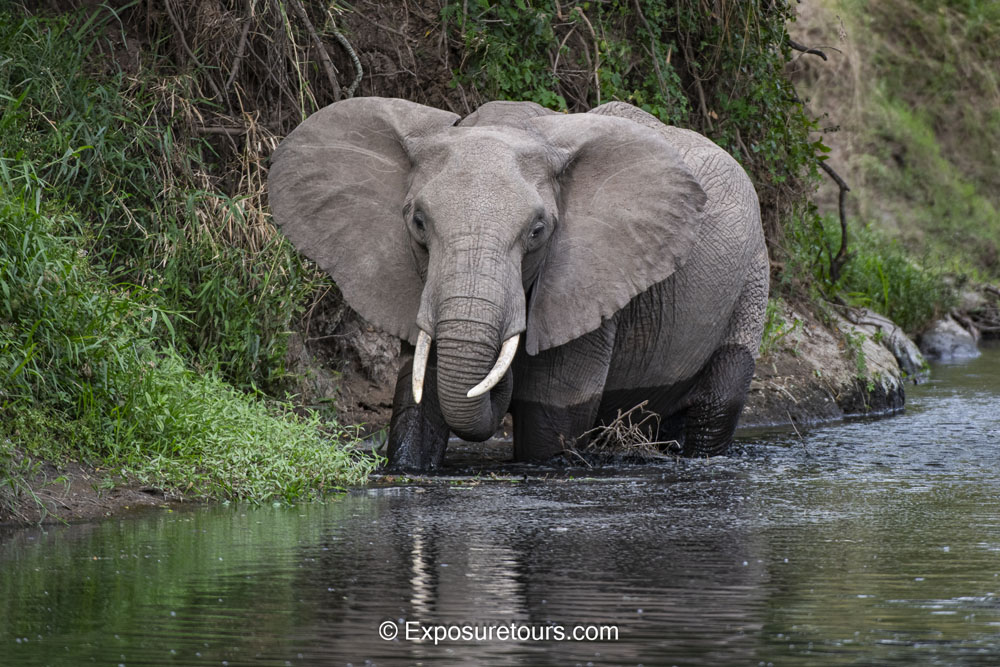
Take a close look at the tour's day-to-day itinerary to ensure it aligns with your interests and goals. For example, if you're a wildlife enthusiast, check if the tour includes opportunities for sunrise and sunset shoots, as these are often the best times for capturing beautiful light and seeing active wildlife.
Additionally, look for unique or off-the-beaten-path locations that can provide distinctive photographic opportunities. A well-balanced itinerary should offer a variety of subjects, settings, and lighting conditions to help you expand your photographic skills. What's more, the best photography tour companies find ways to get you away from other tourists for a more intimate tour experience.
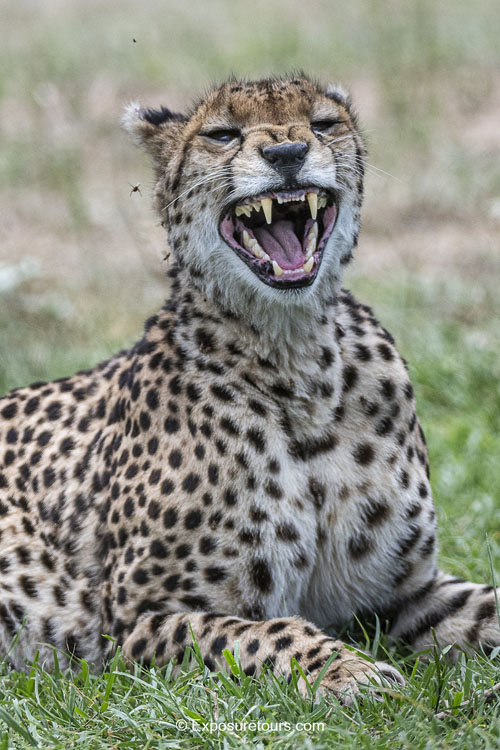
Consider flexibility and free time, too. A flexible itinerary that allows for spontaneity and free time can be a significant advantage. Photography often involves unexpected discoveries and creative moments, so having free time to explore on your own or revisit a particular spot can enhance your overall experience.
It's worth examining how your time is used on a photography tour as well. For example, go beyond a cursory look at the itinerary to see how much time you spend getting from Point A to Point B. Is the bulk of your day spent traveling, or do you spend most of your time behind the lens?
For example, the Mara Big Cats Photo Safari from Exposure Tours maximizes your time to take photos by eliminating long overland journeys in favor of flying in and out of the Masai Mara Park. That's exactly the kind of feature that sets the best photo tours apart from the crowd!
What is the Photography Tour Group Size and Instructor-to-Participant Ratio?
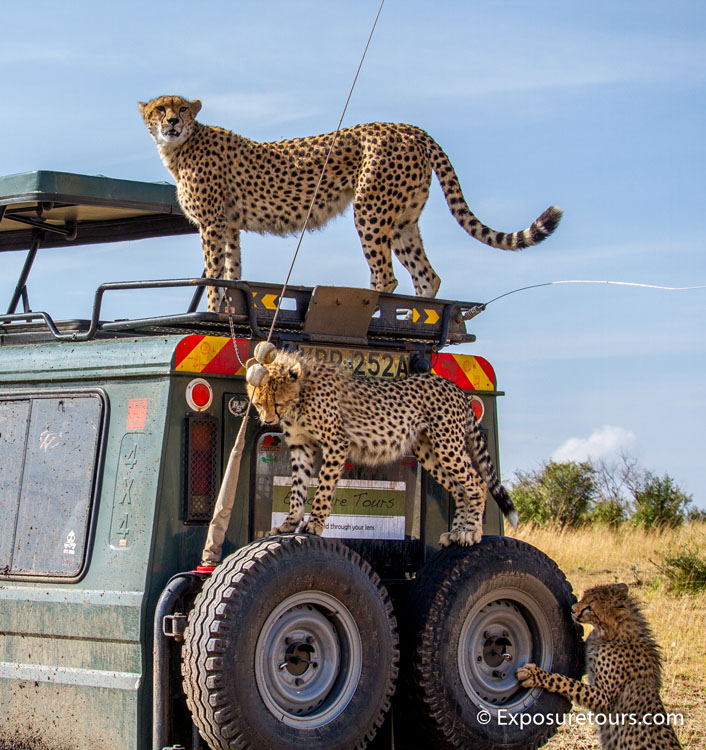
The size of the tour group can significantly impact your photography tour experience. Larger groups, which might feature ten or more people, are often more affordable but can lead to a less personalized experience, limited access to the instructor, and more crowded shooting locations. Smaller groups, though, are the inverse. With fewer participants, you'll have a better chance to interact with the instructor and get individualized feedback on your work. You'll also find that having more elbow room on the tour frees you up to capture the best images.
With companies like Exposure Tours, your experience is what matters most - not how much profit the company makes off each tour participant. That's why you'll be in a small group environment, often six people or less (or, if you choose, you can opt for a solo or family tour for an even more intimate experience!). Moreover, unlike many photo safari companies that squish everyone into a single vehicle, Exposure Tours limits the number of photographers per safari truck to just two. With more space for your gear and a clear view of the surroundings, you're much more likely to see and photograph what you traveled to Africa for!
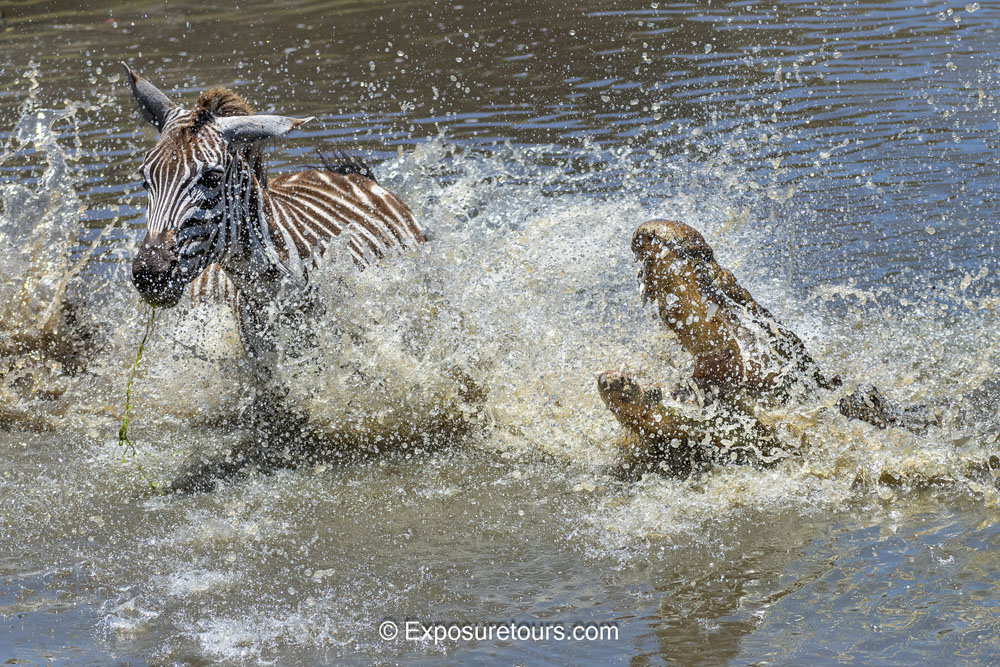
The instructor-to-participant ratio is another crucial factor. A lower ratio means more one-on-one attention and guidance from the photography instructor. This can be invaluable for improving your skills, especially if you're a beginner or looking to focus on specific aspects of photography. Again, companies like Exposure Tours get this element right. You'll receive one-on-one instruction time, including confidential feedback on your work that helps you identify your strengths and weaknesses and lays out a plan to help you develop your skills as the journey continues.
Evaluate the Equipment and Skill Requirements for the Photography Tour
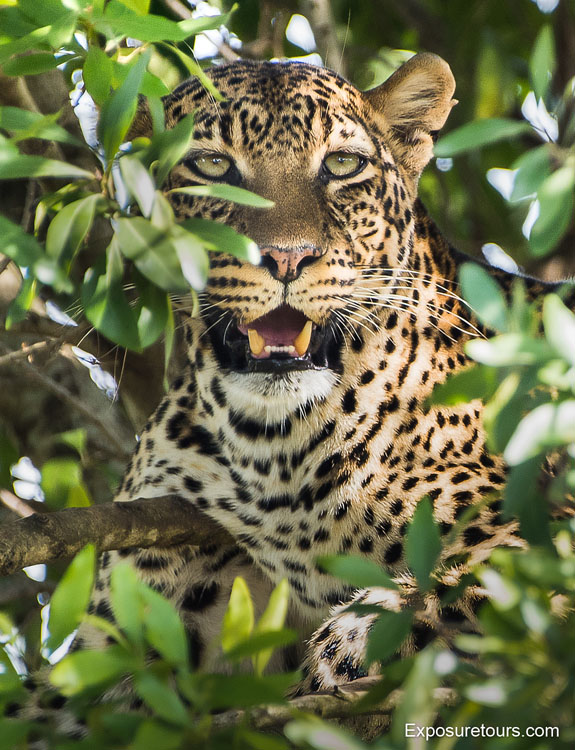
Make sure you understand the equipment requirements for the photography tour. Some tours may demand specific camera gear, lenses, tripods, or other accessories. If you don't have the required equipment, inquire whether the tour operator offers rental options or can provide recommendations on where to rent gear. It's essential to have the right tools for the type of photography you'll be doing on the tour.
Ensure the tour is suitable for your skill level, too. As I mentioned earlier, some tours are tailored specifically to beginners and provide fundamental photography instruction, while others may assume a certain level of knowledge and focus on advanced techniques. Picking a tour that matches your skill level will ensure you're neither overwhelmed nor held back by content that's too basic or too advanced. Likewise, picking a tour that provides you with individualized instruction ensures you get the most out of the experience and come away with the best images and the greatest improvement of your skills.
By considering these tips in depth, amateur photographers like you can make an informed decision when choosing a photography tour that aligns with your aspirations, skill level, and preferences. The result? A more fulfilling and rewarding experience that encourages you to continue your path to becoming a better photographer!
About Exposure Tours
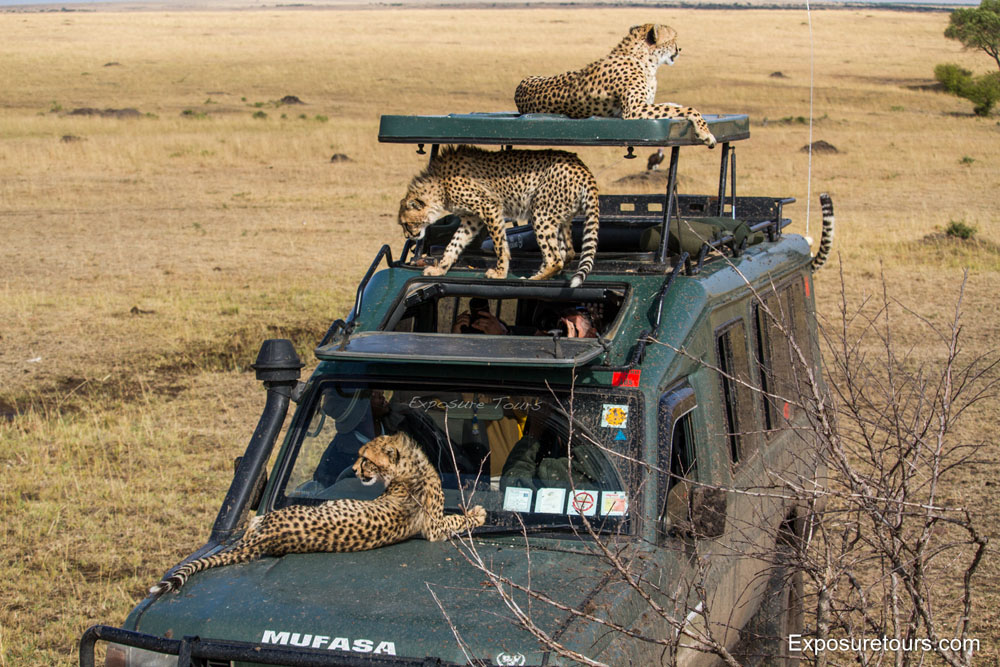
I've used Exposure Tours as an ideal example of what to look for in a photography tour because they have proven over the years that their expertise as photographers and tour leaders is second to none. The Director of Photography, Bryan Pereira, was born in East Africa. His deep level of knowledge of the continent has enabled Exposure Tours to devise targeted tours in the best locations at the best times of year to maximize your African photo safari experience.
Additionally, Bryan is an award-winning photographer with recognition of his work spanning several decades and across multiple continents. His first wildlife photo was published when he was just 16 years old, and as a stock photographer for National Geographic and a board member for the Royal Photographic Society (the youngest in the organization's history, too!), his skills behind the lens are plainly evident.
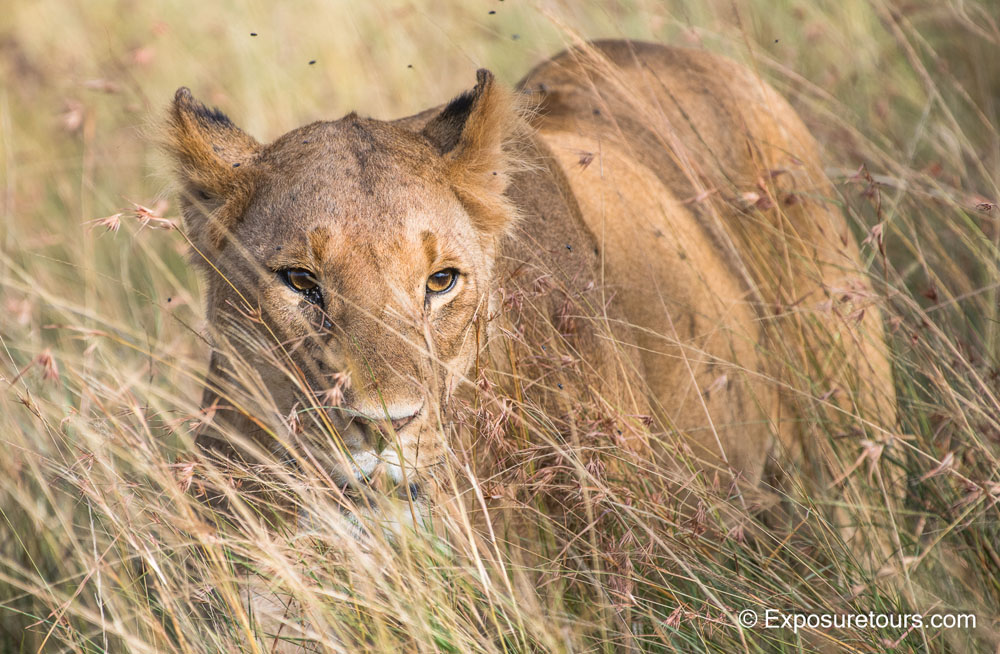
Simon Ball, the Tour Director, is originally from England but has lived in Kenya since the 1980s, where he's explored his love of ornithology, natural history, and wildlife on countless tours. Simon holds a Hons Degree in Zoology with Ecology from London University and has a particular interest in East African mammalian behavior. Once in Kenya, Simon also gained professional guide qualifications through KPSGA and has been leading safaris for well over a decade, including Eco Tours that focus on sustainable tourism, promoting conservation, and making a genuine difference in the lives of the local people.
In other words, Bryan and Simon have the skills, knowledge, and qualifications crucial to a high-quality photography tour experience. Like I said earlier, you want to take a tour with folks who know their stuff, and Bryan and Simon most certainly do!
Disclaimer: Our articles might have affiliate links and the occasional sponsored content, but don't sweat it – if you buy something, we get a little kickback at no extra cost to you, and we only hype products we truly believe in!

